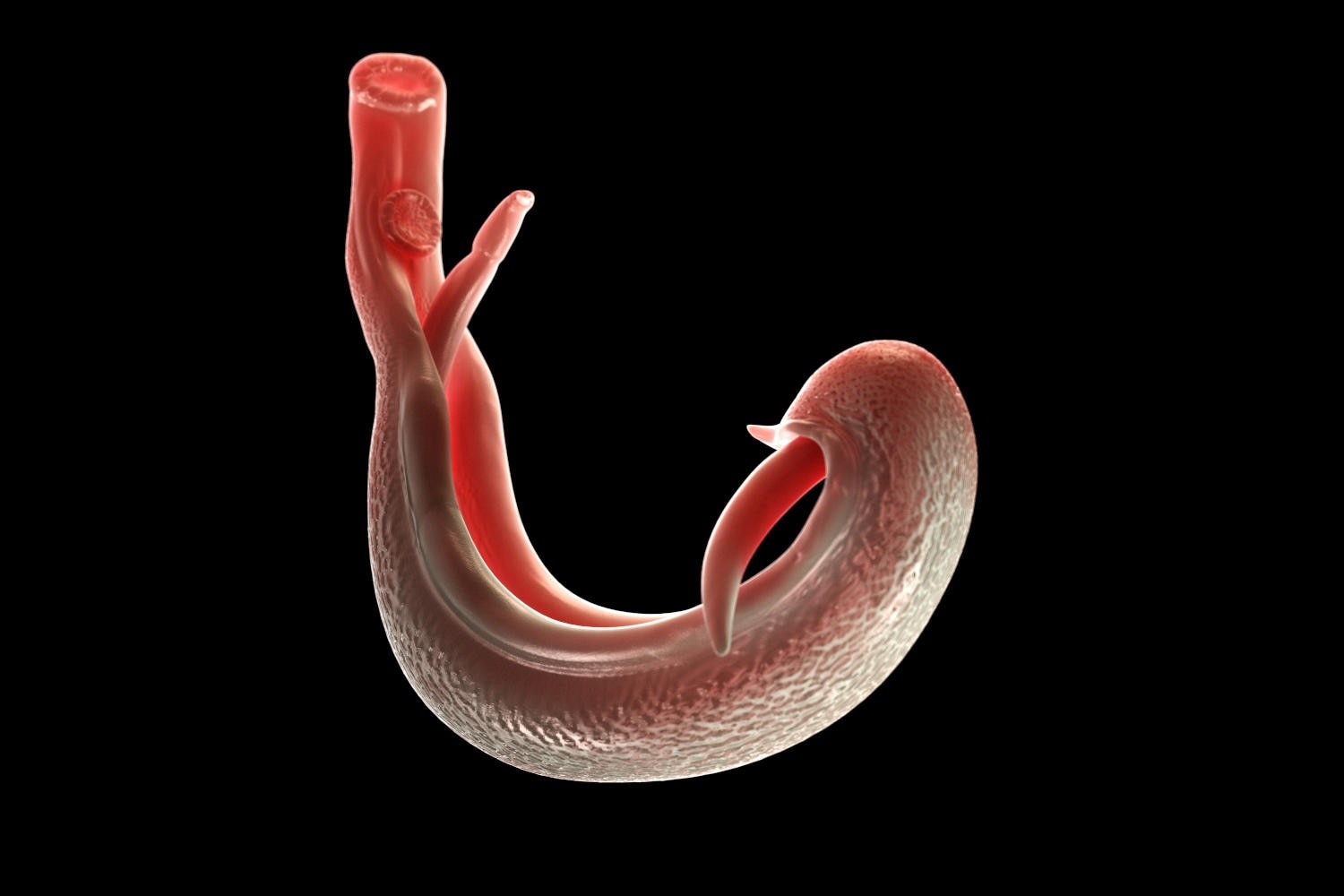
Parasitology, what is Schistosomiasis?
Schistosomiasis (or bilharziasis) is a parasitic infection caused by trematode worms of the genus Schistosoma (the main pathogenic species for humans are Schistosoma mansoni, Schistosoma japonicum and Schistosoma haematobium)
Schistosomiasis is endemic in Africa, South America and Asia: about 200 million people are infested, about 600 million are at risk.
How schistosomiasis is transmitted
Schistosoma larvae (cercariae) are deposited in the fresh waters of rivers, lakes and canals by certain species of molluscs that act as intermediate hosts for the parasites.
Human contagion occurs through contact with water contaminated by the parasite, which, in the form of a larva (cercaria), penetrates the body through the skin (even if intact).
In the host body, the larva becomes schistosoma and moves into the venous circulation, where it lays eggs that give rise to other worms.
The parasites Schistosoma mansoni and Schistosoma japonicum (found in tropical areas of Africa, Asia and South America) reside in the mucosa of the intestine and give rise to liver manifestations.
Schistosoma haematobium, on the other hand, resides in the mucosa of the urinary tract and leads to bladder infestations.
The worms (7-12 mm long) remain in the bloodstream of infected individuals, who eliminate the eggs with urine and faeces, polluting the water and triggering contagion.
How it manifests itself
Schistosomiasis may run completely asymptomatically or it may manifest itself with an allergic reaction to the presence of the parasites (fever, itching, abdominal pain, nausea), with burning on urination and the presence of blood in the urine.
In the case of chronic infection, gastrointestinal, liver, lung and bladder complications may occur.
Long-term invasion of the urinary tract can cause terminal kidney damage, while in some cases bladder infection is related to bladder cancer.
Diagnosis is made by searching for the parasite’s eggs in faeces and urine.
Schistosomiasis is treated with antibiotic therapy, but there is no vaccination
Prophylaxis advises against bathing in rivers, lakes and canals in risk areas; one should also avoid, for example, showering or washing with water collected from contaminated sources.
Bathing in the sea or in swimming pools where the water is purified is, on the other hand, safe.
Read Also:
Emergency Live Even More…Live: Download The New Free App Of Your Newspaper For IOS And Android
Getting To Know Salmonella: What Causes Salmonellosis?
Antimicrobial Resistance In Europe – Data Seems More Dangerous Than Before
Intestinal Virus: What To Eat And How To Treat Gastroenteritis
Contaminated Food Infection: What It Is, Cures And Treatment


